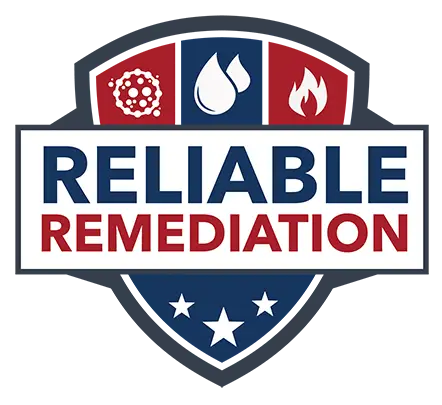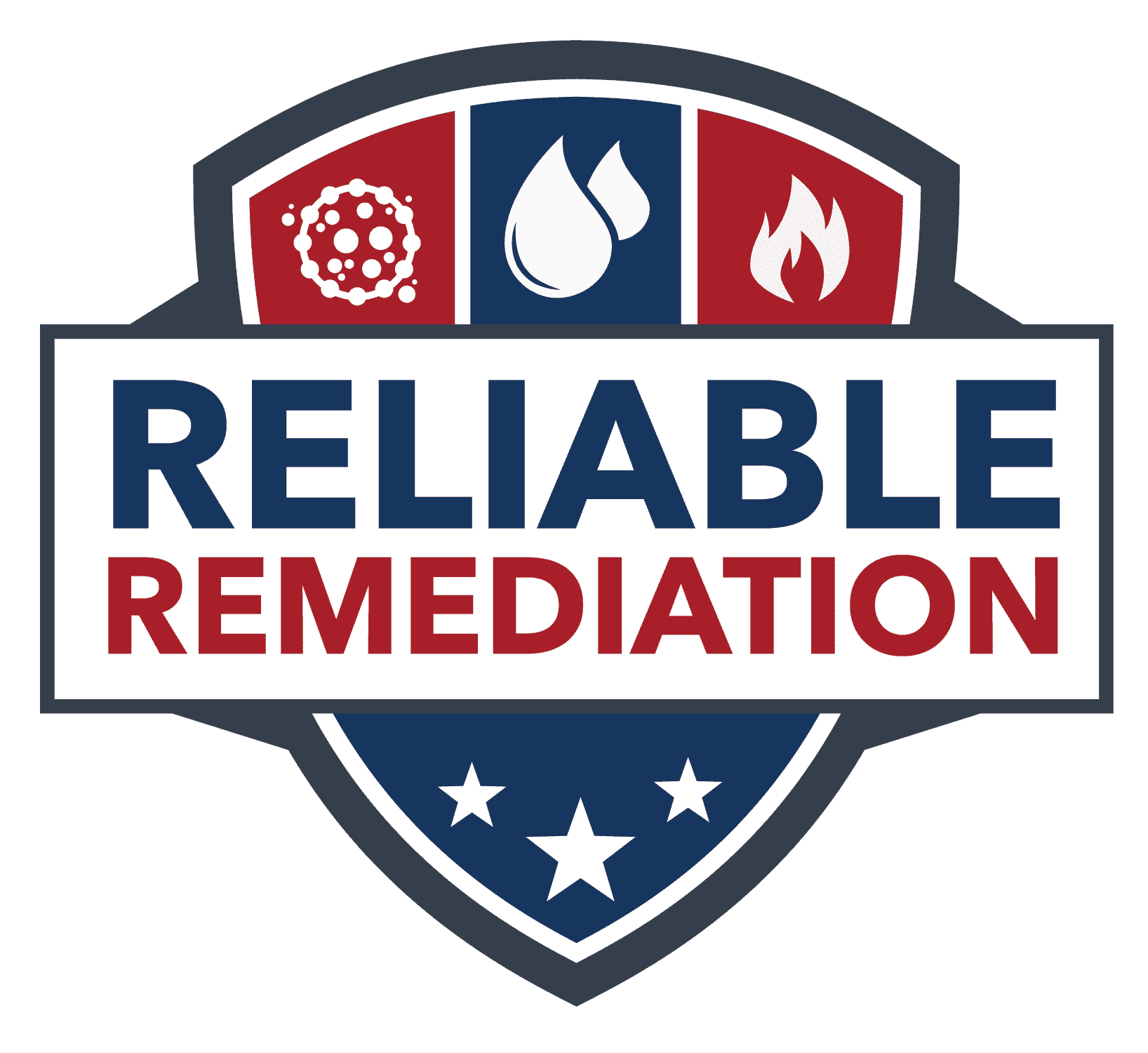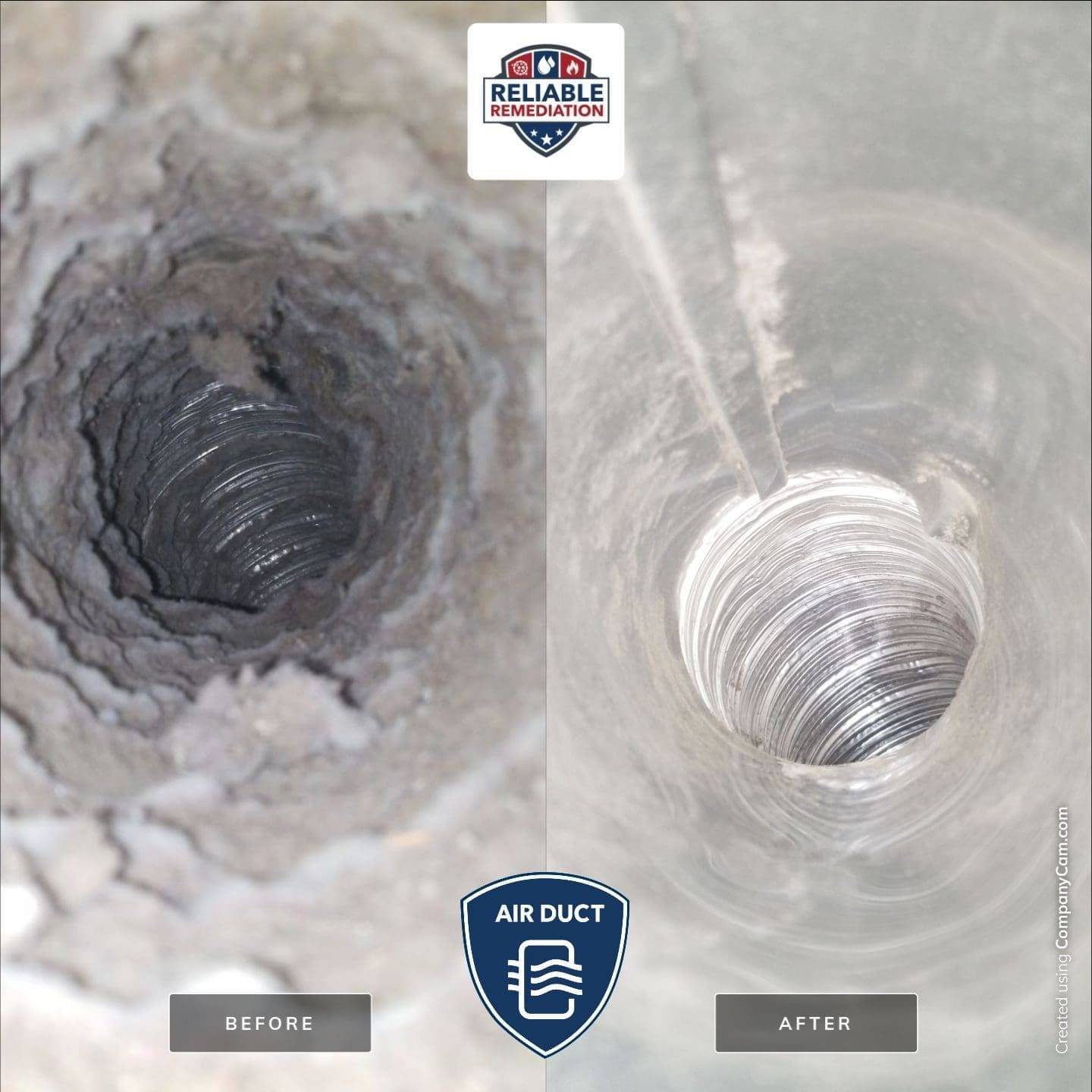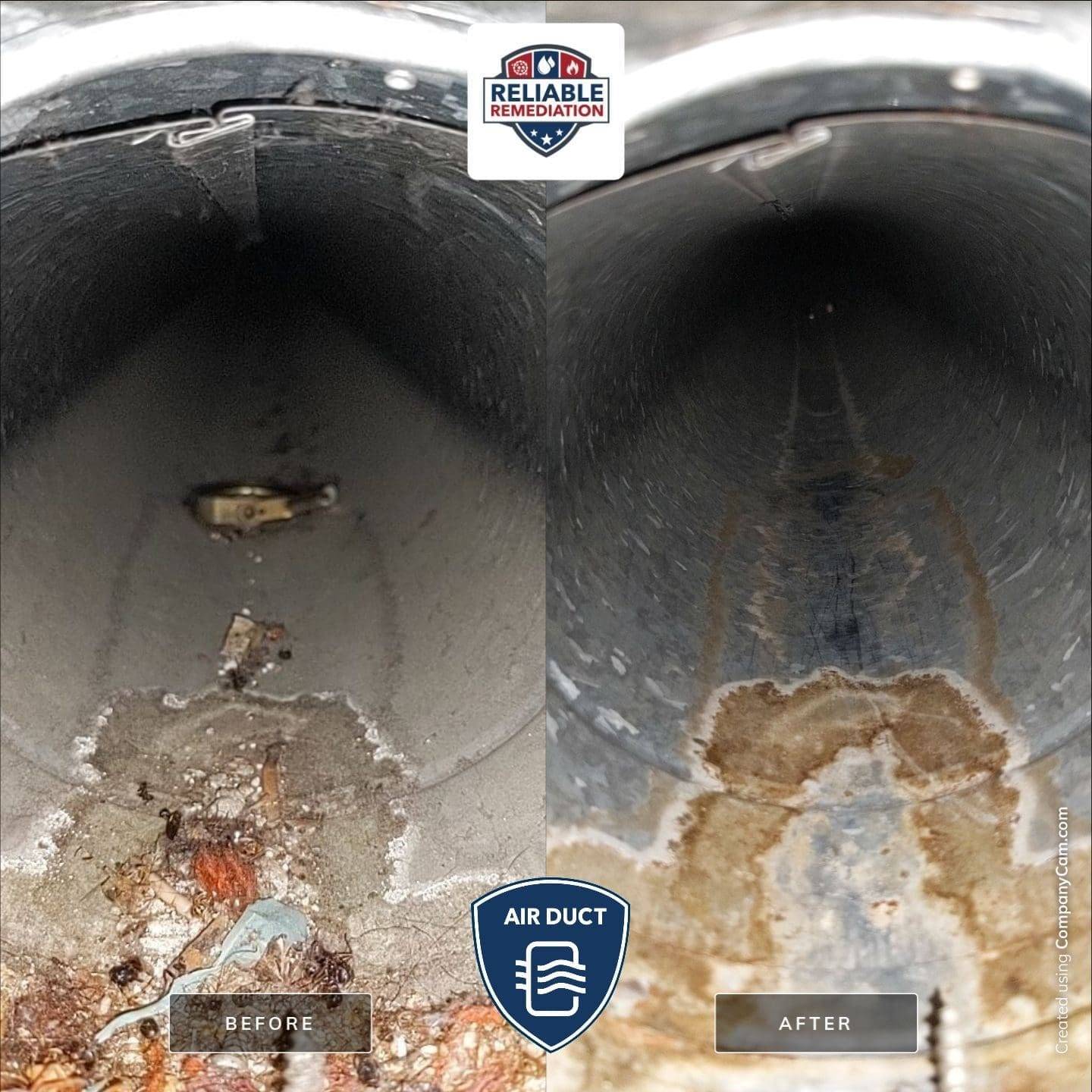Air Duct Cleaning
It's not just a Facebook scamIt actually does improve your indoor air quality.
Restore Peace of Mind
Reduce Dust
Raise Air Quality
Did you know that your HVAC system is the lungs of your home?
Contaminants in the air are pulled into the HVAC system and re-circulated for you to breathe. Dust, allergens, pet dander, and more can also accumulate in your ducts.
Breathe easier knowing allergens and dust have been removed.
Indoor air quality is a common concern. At Reliable Remediation, we’re certified to clean your entire system.
When you work with us, we’ll:

Cover vents and isolate the system before starting work to keep your home clean

Clean contaminants out of your system and collect them in a HEPA filtered vacuum

Improve the indoor air quality in your home quickly and efficiently
Why Do You Need the Air Ducts Cleaned?
Answer: Because they get dirty!
In addition to normal accumulations of dust and dirt found in all homes with air ducts, there are several other factors that can increase the need for regular HVAC system cleaning:
- pets
- occupants with allergies or asthma
- cigarette or cigar smoke
- water contamination or damage to the home or HVAC system
- home renovation or remodeling projects
Some occupants are more sensitive to these contaminants than others. Allergy and asthma sufferers, as well as young children and the elderly, tend to be more susceptible to the types of poor indoor air quality that air duct cleaning can help address.
Top Benefits of HVAC Cleaning
The National Air Duct Cleaners Association (NADCA) rule of thumb for consumers is that “if your air ducts look dirty, they probably are,” and that dirty HVAC systems should be inspected by a reputable, certified HVAC professional. Below are some other reasons homeowners choose to have their air ducts cleaned.
Indoor Air Quality
Indoor air quality is one concern that homeowners have when they decide to investigate air duct cleaning. Your heating and cooling system is the lungs of your home. The system takes air in and breathes air out.
Through normal occupation in a home, we generate many contaminants and air pollutants, such as dander, dust, and chemicals. These contaminants are pulled into the HVAC system and re-circulated 5 to 7 times per day, on average. Over time, this re-circulation causes a build-up of contaminants in the ductwork.
While dirty ducts don’t necessarily mean unhealthy air in your home, school, or workplace, they may be contributing to larger health issues or harboring contaminants that could cause serious problems for people with respiratory health conditions, autoimmune disorders, or some environmental allergies.
Energy Savings
According to the U.S. Department of Energy, 25 to 40 percent of the energy used for heating or cooling a home is wasted. Contaminants in the heating and cooling system cause it to work harder and shorten the life of your system. Although filters are used, the heating and cooling system still gets dirty through normal use.
When an HVAC system is clean, it doesn’t have to work as hard to maintain the temperature you desire. As a result, less energy is used, leading to improved cost-effectiveness.
Proper Cleaning Methods
What You Need to Know About Air Duct Cleaning
Air duct cleaning is a misnomer. In actuality, the entire HVAC system should be cleaned. Failure to clean all components of the system can result in recontamination of the entire system, thus minimizing the benefits of cleaning.
Just as you wouldn’t clean only half of your living room floor, you also would not want to clean only part of your HVAC system. The National Air Duct Cleaners Association (NADCA) recommends cleaning the entire HVAC system, including the following components:
- air ducts
- coils
- drain pan
- registers
- grills
- air plenum
- blower motor and assembly
- heat exchanger
- air filter
- air cleaner
There are two key components to HVAC cleaning:
breaking contaminants loose, and collection of contaminants.
Breaking Contaminants Loose
Properly cleaning HVAC systems requires removing the sources of contamination. Source removal begins with the use of one or more agitation devices designed to loosen contaminants from the surfaces within the heating and air conditioning system. Examples of agitation devices include: brushes, air whips and compressed air nozzles or “skipper balls.” Agitation can also be achieved through hand-brushing or contact vacuuming.
Collection of Contaminants
During cleaning, the entire HVAC system is placed under continuous negative pressure (a vacuum) to prevent the spread of contaminants. Continuous negative pressure allows very fine particles to be removed from the system as they become airborne, ensuring that these particles are not released into the living space when the system is turned on after cleaning. This negative pressure also serves to extract the loosened contaminants, which are collected and removed from your home.
It’s Easy to Get the Help You Need

Contact Us to Get a Quote

Receive a Written Proposal





